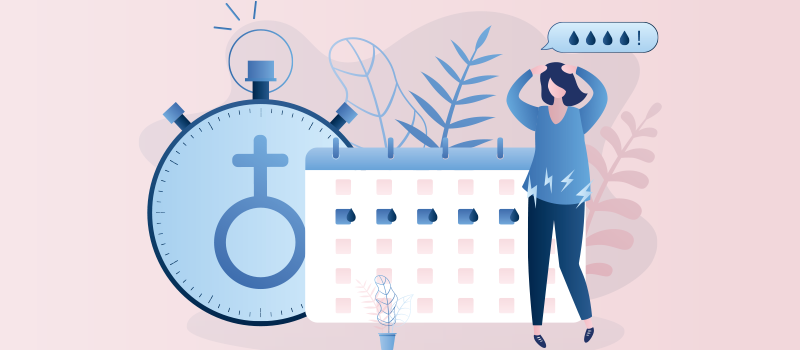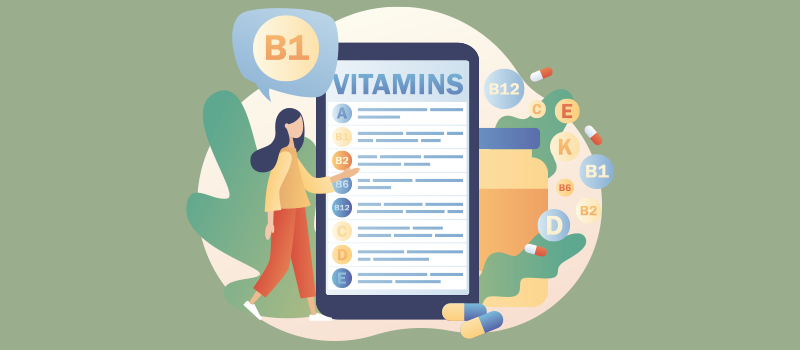Postpartum Preeclampsia: Risk Factors, Symptoms, & Treatment

Postpartum preeclampsia is a rare condition. It is similar to preeclampsia, which occurs during pregnancy and resolves after the baby is born. Both conditions are associated with high blood pressure and high levels of protein in the urine. Women with postpartum preeclampsia develop these symptoms shortly after giving birth. Without treatment, postpartum preeclampsia can lead to serious complications. But if it is diagnosed and treated, the outcome and recovery are usually good.
Please continue reading to find out the causes, symptoms, and treatments for postpartum preeclampsia.
Is postpartum preeclampsia a medical emergency?
Postpartum preeclampsia requires immediate medical care and prompt treatment to prevent complications. This condition will not go away on its own. If you develop signs and symptoms of postpartum preeclampsia, make your way to the nearest emergency room without delay.
What are the symptoms of postpartum preeclampsia?
Signs and symptoms of postpartum preeclampsia are similar to preeclampsia during pregnancy and include:
-
High blood pressure above 140/90 mmHg
-
Proteinuria (excess protein in the urine)
-
Severe headache
-
Vision changes such as blurred vision, seeing spots, sensitivity to light, or temporary loss of vision
-
Swelling in the face or limbs
-
Abdominal pain (typically near the ribs)
-
Shortness of breath
-
Nausea and vomiting
-
Reduced urination
-
Rapid weight gain
What are major risk factors for preeclampsia?
Research has not found the exact cause of preeclampsia and postpartum preeclampsia. However, the following conditions are associated with a higher risk of preeclampsia and postpartum preeclampsia:
-
Gestational hypertension (high blood pressure during the recent pregnancy after 20 weeks gestation)
-
Chronic uncontrolled high blood pressure before the pregnancy
-
Carrying multiples (twins, triplets, or more)
-
Obesity
-
Diabetes (type 1, type 2, or gestational diabetes)
-
Autoimmune conditions
-
Age below 20 or over 40
-
Personal or family history of preeclampsia or postpartum preeclampsia
When is postpartum preeclampsia no longer a risk?
Postpartum preeclampsia is no longer a risk a few weeks after childbirth. In most cases, postpartum preeclampsia develops within 48 hours of delivery. However, it can sometimes develop up to 6 weeks after delivery (late postpartum preeclampsia).
Can you get postpartum preeclampsia if you didn’t have preeclampsia during pregnancy?
Yes, you can develop postpartum preeclampsia even if you didn’t have preeclampsia while pregnant and even if you never had hypertension (high blood pressure) in your life.
What can postpartum preeclampsia lead to?
Postpartum preeclampsia can lead to serious complications such as postpartum eclampsia (seizures), permanent damage to the brain, liver, kidneys, and other organs in the body, pulmonary edema (excess fluid in the lungs), stroke, thromboembolism (blood clot), and HELLP syndrome (hemolysis or destruction of red blood cells, elevated liver enzymes, and low platelets). HELLP syndrome sometimes develops suddenly before any other symptoms of postpartum preeclampsia are present. These complications of postpartum preeclampsia can quickly become life-threatening without treatment.
How do doctors diagnose postpartum preeclampsia?
A diagnosis of postpartum preeclampsia can be made based on your blood pressure reading and lab tests, including blood tests to check platelet count and functioning of the kidneys and liver, urine tests to measure protein levels, and a brain scan to check for signs of brain damage due to seizures.
What is the treatment for postpartum preeclampsia?
Treatments for postpartum preeclampsia consist of:
-
Antihypertensive medications to lower blood pressure
-
Medication to prevent seizures (usually magnesium sulfate is given for 24 hours)
-
Anticoagulants (blood thinners) to lower the risk of blood clots and stroke
If you have already been discharged from hospital after delivery and develop postpartum preeclampsia, your healthcare provider may re-admit you to hospital for treatment and close monitoring of blood pressure and other symptoms.
Can I breastfeed after treatment for postpartum preeclampsia?
It can take several weeks for your blood pressure to come down to safe levels. You may, therefore, be sent home on antihypertensive medication after treatment for postpartum preeclampsia in the hospital. Most antihypertensives are safe and carry minimal risks for nursing babies. Your doctor will choose medications that are absent or present in low levels in breast milk.
How to prevent postpartum preeclampsia?
Prevention of postpartum preeclampsia is not possible. However, you can lower your risk of developing this serious condition by discussing your history and risk factors with your healthcare provider.
The important thing is to recognize the warning signs of postpartum preeclampsia and get treatment at the first sign of a symptom. Early diagnosis and prompt treatment could save your life. New mothers are at risk of ignoring or missing the signs of postpartum preeclampsia due to postpartum depression, sleep deprivation, their attention being focused on the newborn, and a lack of knowledge about what a normal postpartum experience should be.
References:












SOCIAL